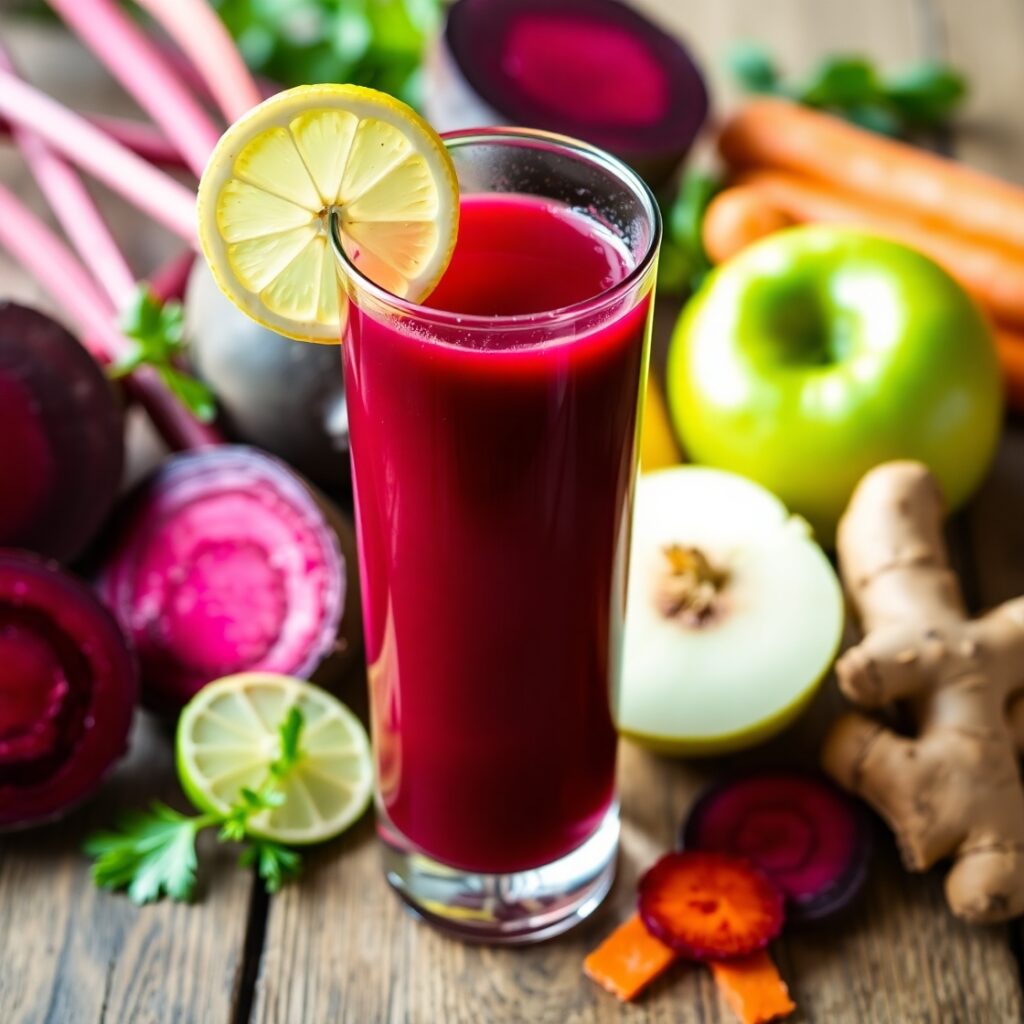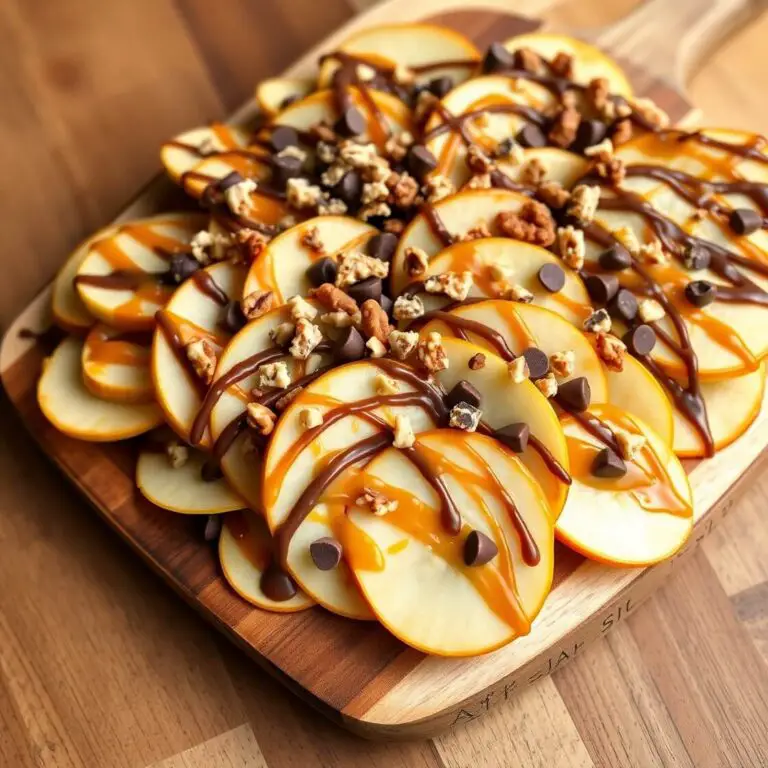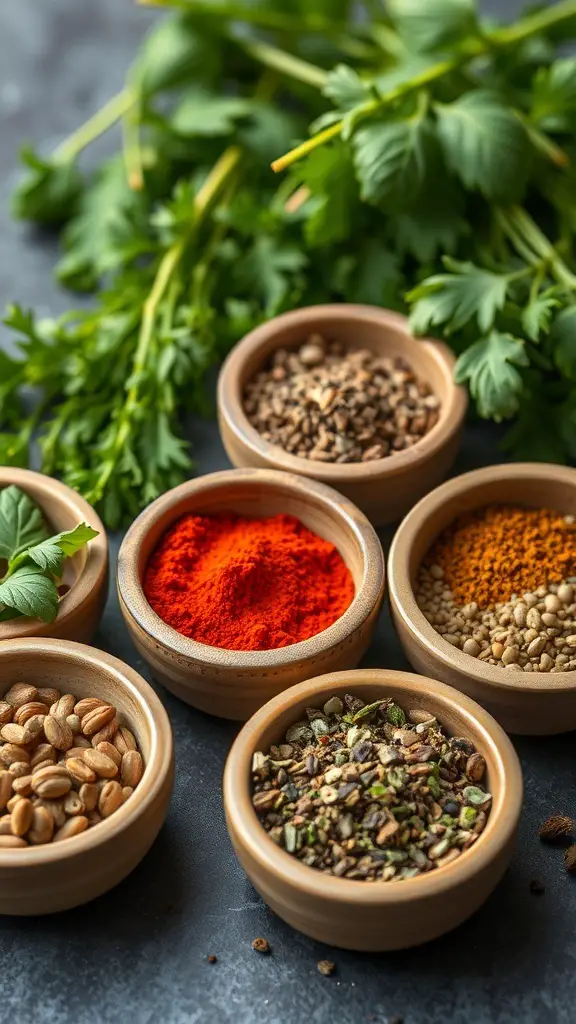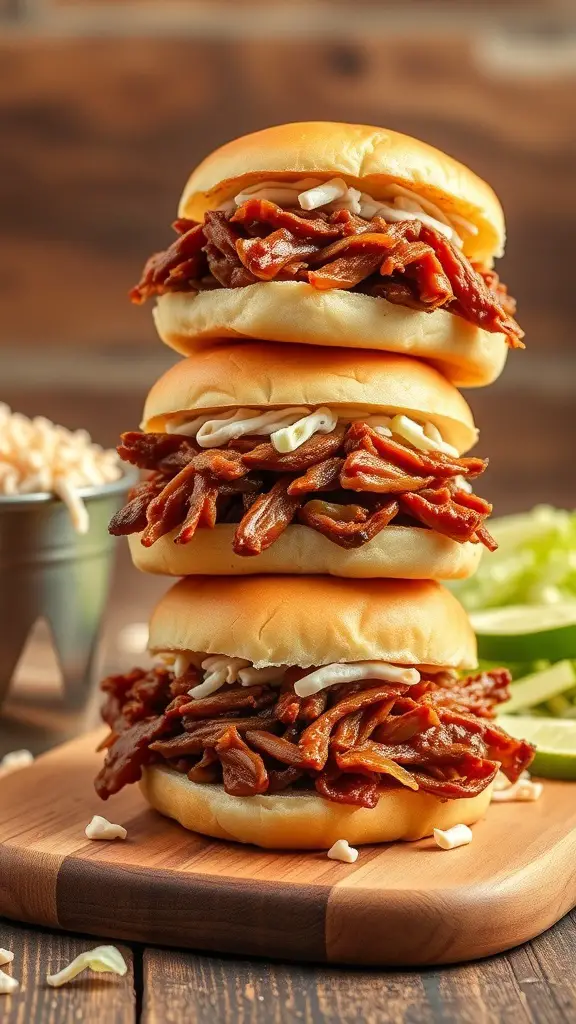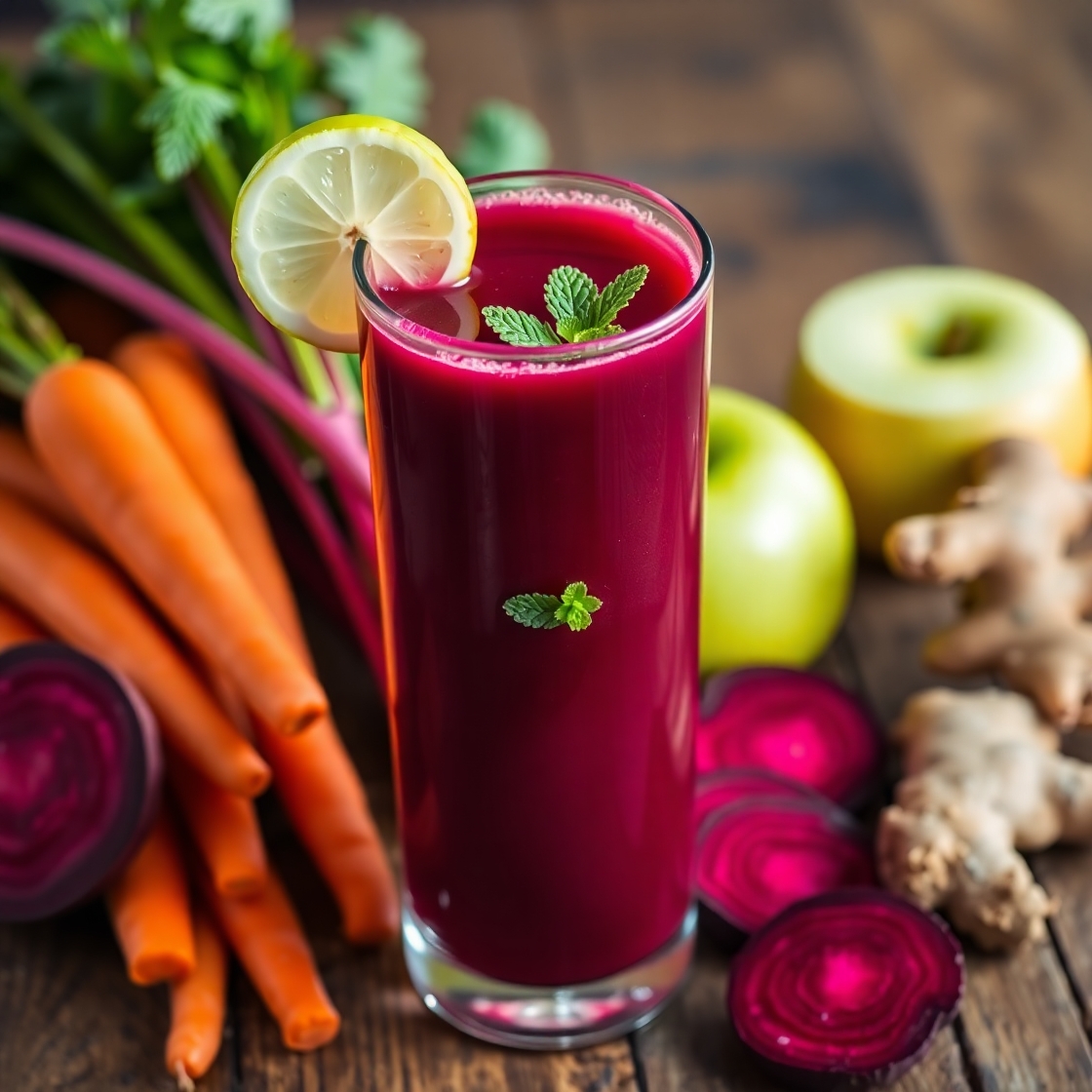
Beet juice has always felt like a hidden gem in the world of homemade wellness drinks. It’s vibrant, earthy, slightly sweet, and packed with nutrients that make you feel like you’re doing something great for your body with every sip.
I first made this recipe during a winter detox when I was craving something energizing but gentle on the stomach. Most juices out there are sugary and overpowering, but beet juice? It felt balanced. Not only did it make me feel refreshed, but it also looked so stunning in the glass—like ruby-red sunshine in a cup. That bold color instantly made me want to share it with others.
If you’ve ever been curious about trying fresh beet juice at home—but weren’t sure how to get the flavor just right or which ingredients to mix with it—this guide will walk you through every step.
Whether you’re making this to detox, boost energy, or simply try something beautiful and new, you’re going to love what this beet juice recipe brings to your kitchen table.
Why I Love This Recipe
There’s something almost magical about making your own juice, especially when the main ingredient is beets.
The rich crimson color is mesmerizing. The subtle sweetness from the beets combined with hints of tang from lemon or apple makes each sip feel refreshing and wholesome. But the real reason I keep coming back to this recipe?
It’s how it makes me feel.
Beet juice is known for being loaded with essential nutrients—especially folate, vitamin C, potassium, and nitrates. These naturally occurring nitrates are said to support healthy blood flow and energy levels, which is exactly why many athletes drink beet juice before a workout.
But even beyond the science, this juice gives you a sense of nourishment that’s hard to match.
The specialty of this recipe lies in its clean taste, easy preparation, and flexibility. You can dress it up with ginger for a spicy kick, or mellow it out with cucumber for a soothing finish. It’s beginner-friendly yet sophisticated enough for someone who’s tried every juice combo under the sun.
If you’re looking for a way to feel more alive, more vibrant, and more connected to natural ingredients—this beet juice recipe is it.
Ingredients for Beet Juice Recipe
Before we dive into the process, let’s talk ingredients. This recipe is flexible, but each component plays a role in bringing out the earthy, slightly sweet flavor of the beets without overpowering your palate.
You don’t need a lot—but you do need the right mix.
Here’s what you’ll want to have on hand:
- Fresh beets – The star of the show. Choose small to medium beets with smooth skin. These are typically sweeter and more flavorful than large, overgrown ones.
- Carrots – Add natural sweetness and a subtle crunch. They balance the bold flavor of beets beautifully.
- Apple (green or red) – Adds bright, crisp sweetness. Green apples give more tartness, red apples lean sweet.
- Lemon juice – A splash of acidity helps cut the earthiness and brings everything into balance.
- Fresh ginger – Optional, but highly recommended. It adds warmth and a subtle spicy note that complements beets perfectly.
- Water (optional) – If you’re using a blender instead of a juicer, water helps create a smoother consistency.
This recipe is all about whole, fresh produce—nothing fancy, just clean ingredients that come together in a vibrant, nourishing way.
If you’ve got these basics on hand, you’re already halfway there.
How Much Time Will You Need
Making beet juice at home doesn’t require a big time commitment.
- Prep Time: 10 minutes
- Juicing/Blending Time: 5–10 minutes
- Total Time: Around 15–20 minutes
If you’re using a juicer, the process is very fast. With a blender, it takes just a bit more time (especially if you’re straining the juice). But either way, you can go from fresh produce to a glass of bold, beautiful juice in under half an hour.
It’s perfect for busy mornings, post-workout boosts, or even a simple weekend treat.
How to Make This Beet Juice Recipe
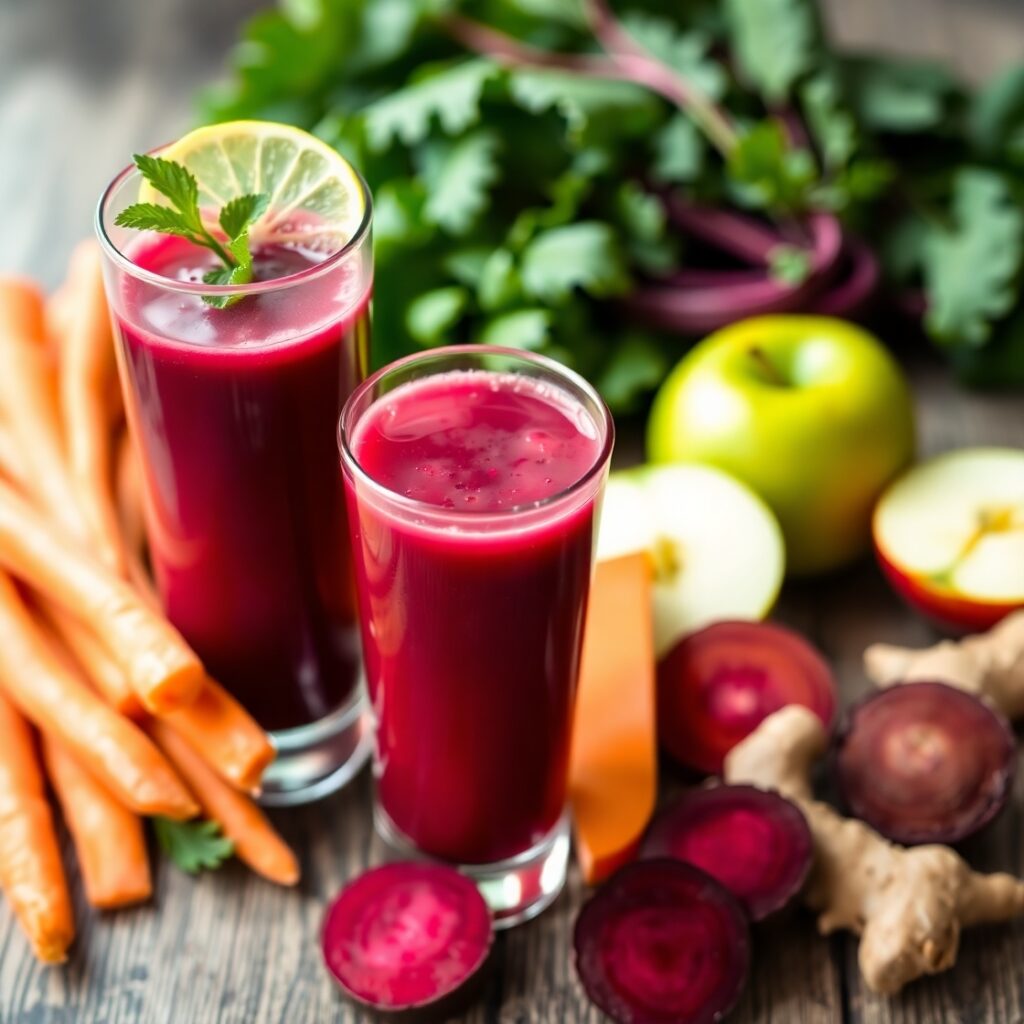
Ready to make your own refreshing beet juice? Follow these step-by-step instructions to ensure your juice is flavorful, smooth, and full of vibrant nutrients.
Step – 1: Wash and prep your produce
Start by scrubbing the beets, carrots, and apple thoroughly under cold water. Peel the beets and carrots if you prefer a milder taste, though it’s not strictly necessary if using organic produce.
Cut all your ingredients into smaller chunks that will fit easily into your juicer or blender.
Step – 2: Decide your method (juicer or blender)
- Juicer method: Feed the beet, carrot, apple, and ginger chunks through your juicer one at a time. Alternate ingredients to blend flavors better. Once juiced, squeeze in some fresh lemon juice and stir.
- Blender method: Add the chopped beets, carrots, apple, ginger, and ½ to 1 cup of water to your blender. Blend on high until smooth. Then, pour the mixture through a fine mesh strainer or cheesecloth into a bowl. Press down to extract as much juice as possible. Add lemon juice and stir.
Step – 3: Taste and adjust
Take a sip. Too earthy? Add more apple or a touch of honey. Want more zing? A bit more ginger will do it. Like it tangy? A second squeeze of lemon juice can brighten it up.
Step – 4: Serve immediately
Pour the juice into a glass and enjoy it fresh. Beet juice is at its most flavorful and nutritious right after it’s made.
Substitutions
Looking to customize your beet juice? There are lots of ways to tweak the ingredients without losing the heart of the recipe.
Here are some great swaps and additions:
- No apples? Try oranges or pears. Oranges will give a citrusy punch, while pears keep the flavor sweet and mellow.
- No carrots? Use cucumber for a more hydrating, refreshing profile.
- Too much ginger? Leave it out or replace it with turmeric root for a different kind of warmth and health benefit.
- Want more greens? Toss in a handful of spinach or kale. It changes the flavor slightly but bumps up the nutrition.
- No lemon? Lime juice works just as well for that acidic brightness.
These substitutions allow you to personalize your beet juice depending on what’s in season, what’s in your fridge, or what your taste buds are craving.
Best Side Dish of Beet Juice
Beet juice on its own is energizing, but pairing it with the right foods can make your snack or breakfast feel complete and satisfying.
Here are three side dishes that complement beet juice beautifully:
Avocado Toast with Microgreens
Creamy, crunchy, and packed with good fats, this pairs wonderfully with the brightness of beet juice.
Greek Yogurt with Honey and Berries
A cool, tangy contrast to the earthy flavor of beets, plus it adds protein to make your snack more filling.
Chia Seed Pudding
Mild, creamy, and full of fiber—this makes a fantastic post-workout companion to your beet juice.
Serving and Presentation Tips
Serving beet juice isn’t just about pouring it into a glass—it’s about creating an experience. That deep ruby color deserves to shine.
Here’s how to make your beet juice look as good as it tastes:
- Use clear glassware. A tall, slim glass or a vintage-style mason jar lets the vibrant hue of the juice pop.
- Add garnish. A slice of lemon or apple on the rim, or a sprig of fresh mint dropped inside, can elevate the presentation in seconds.
- Serve chilled or over ice. Especially if you’re not used to earthy flavors, a slightly chilled juice tastes crisper and more refreshing.
- Swirl in some flavor. A gentle swirl of honey or a splash of coconut water on top just before serving can add a nice visual effect and flavor boost.
Little touches go a long way in making a simple glass of juice feel like a thoughtful moment of self-care.
Tips and Tricks to Make This Recipe Better

Want to get the most out of your beet juice? These helpful tips can improve the flavor, texture, and even the benefits of your juice.
- Use small to medium beets. They tend to be sweeter and less woody than oversized ones.
- Roast your beets for a sweeter juice. If you find raw beet juice too strong, try lightly roasting the beets beforehand. It brings out their natural sugars.
- Add citrus last. Always stir in lemon or lime juice at the end to preserve its fresh zing.
- Blend for fiber. If you’re using a blender, consider skipping the straining step and drinking the juice with the pulp for added fiber.
- Try a splash of coconut water. It tones down the earthiness while keeping the juice hydrating and electrolyte-rich.
These tweaks can help turn your beet juice into your go-to drink instead of something you have to get used to.
Common Mistakes to Avoid
While beet juice is simple to make, a few common missteps can impact the flavor or texture. Here’s what to watch out for:
- Using old or soft beets. Fresh, firm beets deliver the best flavor. Older beets can taste bitter or overly earthy.
- Skipping the lemon or apple. Without a touch of acidity or sweetness, beet juice can taste too strong for most palates.
- Forgetting to strain (if using blender). If you don’t strain the juice properly, you’ll end up with gritty pulp instead of a smooth drink.
- Overloading with ginger. A little goes a long way—start small and adjust to taste.
- Not washing produce thoroughly. Beets grow underground and can carry dirt in the crevices. Scrub them well, even if you’re peeling them.
Keeping these in mind helps ensure every batch turns out delicious.
How to Store It
While fresh beet juice is best enjoyed right away, sometimes you need to make it ahead. Here’s how to store it properly:
- Refrigerator: Pour the juice into an airtight glass container or bottle. Store in the refrigerator for up to 48 hours. Shake before serving as separation is natural.
- Freezer: Freeze in individual portions using silicone ice cube trays or juice-safe containers. It can last up to 3 months this way. Thaw in the fridge overnight.
- Avoid plastic containers. Beet juice stains easily and plastic can absorb odors. Glass is the best option for preserving freshness and flavor.
The key is minimizing air exposure and keeping it cold to retain the nutrients.
FAQ
Can I drink beet juice every day?
Yes, but in moderation. One glass a day is generally safe and beneficial for most people. If you’re on medication or have kidney concerns, consult a doctor first.
Do I need to peel the beets before juicing?
Peeling is optional. If the beets are organic and washed well, you can juice them with the skin on for extra nutrients. Peeling helps reduce the earthiness.
Can I use canned or cooked beets?
Fresh beets are best for juicing. Canned beets often contain added salt and preservatives. Cooked beets can work in a blender, but the taste will differ.
Why does beet juice turn my urine pink?
It’s called beeturia and it’s completely harmless. About 10–14% of people experience this due to pigments in beets.
Can I mix beet juice with other juices?
Absolutely. Beet juice pairs well with apple, carrot, orange, ginger, celery, and cucumber juice. Mix and match to suit your taste.
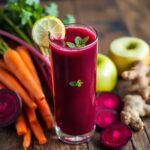
Beet Juice Recipe
- Total Time: 15 minutes
- Yield: 2 1x
- Diet: Vegan
Description
A bright, earthy, and refreshing drink made from fresh beets, apple, lemon, and ginger—perfect for boosting energy and adding nutrients to your daily routine. This homemade beet juice recipe is simple to make with either a juicer or a blender, and it’s easily adjustable to suit your flavor preferences. Whether you’re making it for detoxing, working out, or simply enjoying a vibrant drink, this recipe offers flexibility, flavor, and a feel-good finish in every glass.
Ingredients
- 2 medium fresh beets, peeled and chopped
- 2 medium carrots, peeled and chopped
- 1 large apple (red or green), cored and sliced
- 1 inch fresh ginger, peeled
- ½ lemon, juiced
- ½ to 1 cup water (if using a blender)
Instructions
- Wash all the produce thoroughly.
- Cut everything into small chunks to fit in a juicer or blender.
- For juicer: Feed beets, carrots, apple, and ginger through the juicer. Stir in lemon juice.
- For blender: Blend all produce with water until smooth. Strain through cheesecloth or a fine mesh strainer. Stir in lemon juice.
- Taste and adjust sweetness or acidity as desired.
- Serve immediately or chill before serving.
Notes
- Small beets are sweeter and more flavorful than large ones.
- Add cucumber or celery for a lighter flavor.
- Add turmeric root instead of ginger for variation.
- Store in a glass container for up to 2 days in the fridge.
- Prep Time: 10 minutes
- Cook Time: 5 minutes
- Category: Beverage
- Method: Juicing/Blending
- Cuisine: American
Nutrition
- Serving Size: 2
- Calories: 110
- Sugar: 17g
- Sodium: 85mg
- Fat: 0.5g
- Saturated Fat: 0g
- Unsaturated Fat: 0.4g
- Trans Fat: 0g
- Carbohydrates: 26g
- Fiber: 4g
- Protein: 2g
- Cholesterol: 0mg

